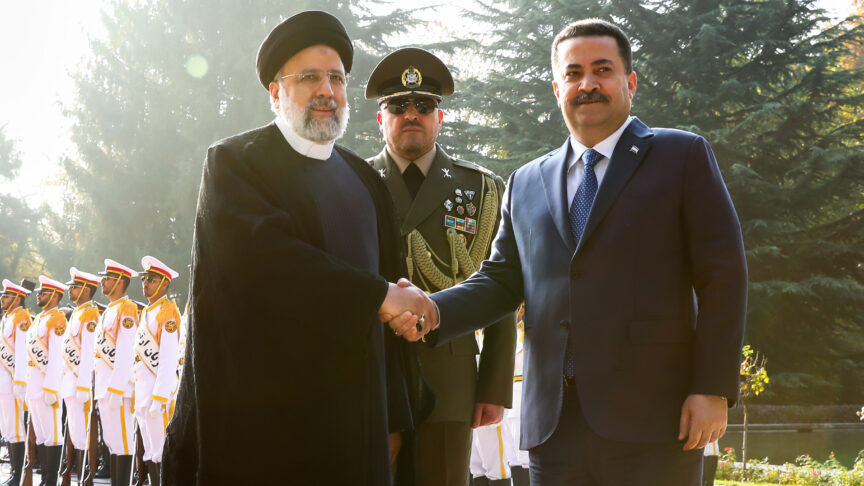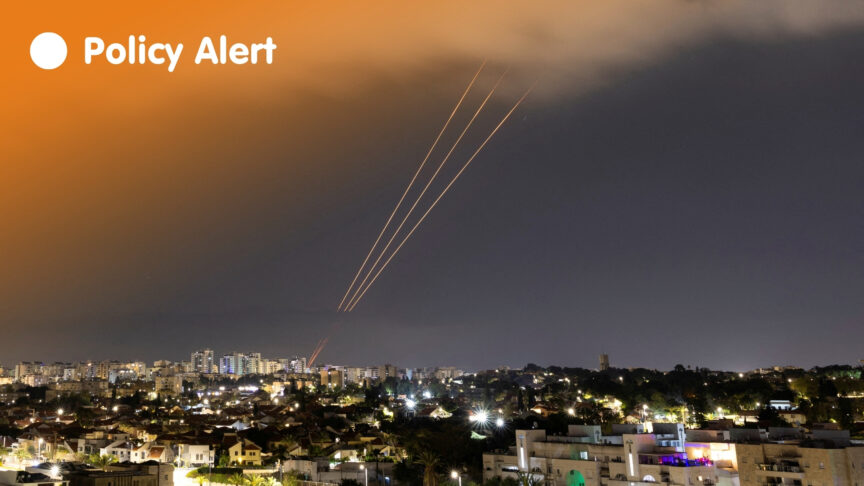Out of Stockholm: Diplomacy and de-escalation in Yemen
More than three years after a Saudi-led military coalition and its Yemeni allies captured Aden, the city remains shrouded in the marks of war
Battles between the coalition and the Houthis – a rebel group that captured much of Yemen in late 2014 and early 2015 – have left the shell of the Mercure Aden Hotel to loom over the city like a ghost, while the hustle and bustle of civilian life continues in neighbourhoods scarred by fighting.
Aden may be the seat of Yemen’s internationally recognised government but, on the ground, the political process designed to end the war seems far away. Although the recently negotiated Stockholm Agreement is a significant, if fragile, success for international diplomatic efforts, it is just one fragment in a mosaic of conflict dynamics.
Under the agreement, the warring sides have agreed to a tripartite plan on a prisoner exchange, a Houthi withdrawal from Hudayda, and further discussions on the status of the city of Taiz. But, nearly four weeks after the deal was struck, they have yet to substantively implement its terms. Even in cities such as Aden, tension between rival political factions persists, as does concern about the government’s slowness in restoring public services.
The deal has yet to fall apart, with diplomatic contacts on both sides saying that they are keen to preserve it. Amid disagreements about the implementation process, both sides have ostensibly avoided offensive manoeuvres around Aden’s strategically important port. Yet they have engaged in increasingly brazen attacks across front lines – most notably, the Houthis’ 10 January assault on a ceremony at al-Anad air base, which targeted military backers of President Abdo Rabbu Mansour Hadi.
In short, while the vagueness of the deal won support from both sides, it has also – predictably – led to increasing differences in interpretation. Neither the government nor the coalition is satisfied that the Houthis’ recent deployments meet the terms of the agreement, while the combatants’ ongoing efforts to dig trenches suggest that they view the current period as a mere pause between bouts of fighting.
The Stockholm Agreement is an interim measure: there are immense challenges ahead in transforming it into a sustainable arrangement
The sides have tentatively planned follow-up talks for coming weeks, but it appears that the discussions will only take place if they first implement the Hudayda sub-agreement – which calls for local forces to replace Houthi fighters in the city and for the implementation of a UN monitoring mechanism. It is crucial that international actors continue to urge combatants to implement the accord. Indeed, it was coordinated international pressure from Europe, the United States, and Gulf Arab countries that paved the way for the Stockholm Agreement. Foreign powers must continue to condemn – publicly, if necessary – the warring parties’ violations of agreements and their confrontational behaviour.
Organisations such as the joint ceasefire monitoring committee headed by Patrick Cammaert – a retired Dutch general who has built up a modicum of respect on both sides – will be important to resolving the conflict. Building on the credibility of these organisations will be essential to the political process, particularly considering that various Yemeni actors have openly expressed scepticism about their ability to act in good faith.
However, the Stockholm Agreement is an interim measure: there are immense challenges ahead in transforming it into a sustainable arrangement. While the provisions of the deal could quickly de-escalate the conflict and ease human suffering, they will be insufficient by themselves in the long term.
A lasting peace agreement will have several elements. It must move beyond a “Houthis versus Hadi” narrative to incorporate representatives from Yemen’s many political factions, and must avoid a simple reconstitution of traditional, centralised government structures. Moreover, it must reach out to local leaders in historically marginalised areas.
Yet, as it stands, the peace process lacks the requisite inclusivity. For the moment, UN Envoy Martin Griffiths and his team have no choice but to maintain a fine balance: any attempt to include more parties in the political process risks angering those already at the table. This could be seen in the controversy that followed his tentative efforts to draw secessionist umbrella organisation the Southern Transitional Council deeper into the process. And southerners are only one of many factions and societal groupings who are currently excluded from the talks.
Meanwhile, reconstruction poses another significant challenge to achieving sustainable peace. Underdeveloped even before the conflict began, Yemen’s infrastructure has taken a devastating hit in the fighting. As the site of the world’s worst humanitarian crisis, the country needs both humanitarian aid and long-term investment. Indeed, the weakness of Yemen’s economy helped doom the transition it began following the 2011 Arab uprisings. Improved aid and development efforts tied to the political process could provide a basis for opening channels and strengthening cooperation with key local and regional partners, thereby building on the Stockholm Agreement.
The deal has created a pivotal, if fleeting, moment of opportunity for de-escalation and a return to the political track. Policymakers in Europe and beyond must do all they can to take advantage of it.
The European Council on Foreign Relations does not take collective positions. ECFR publications only represent the views of their individual authors.


